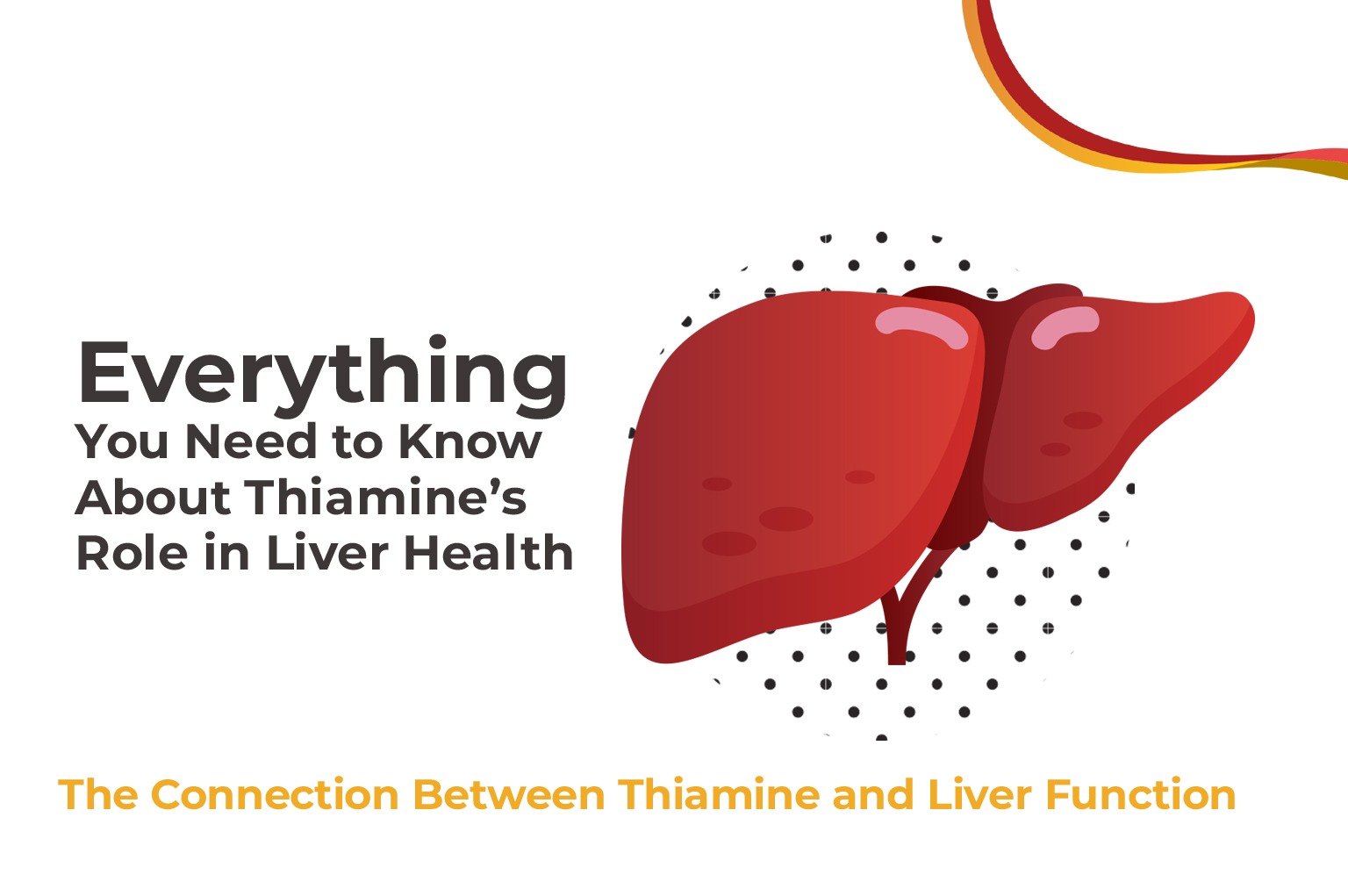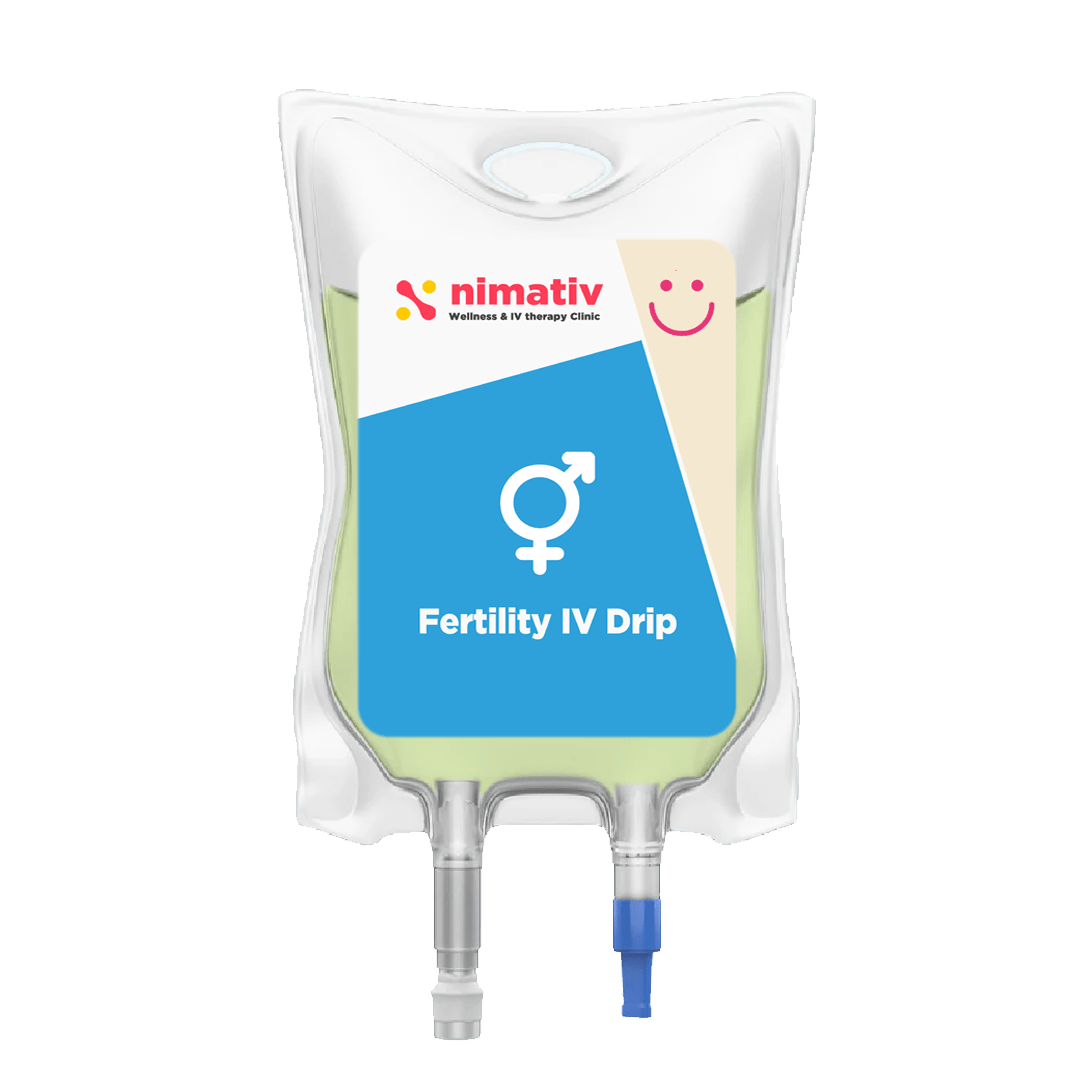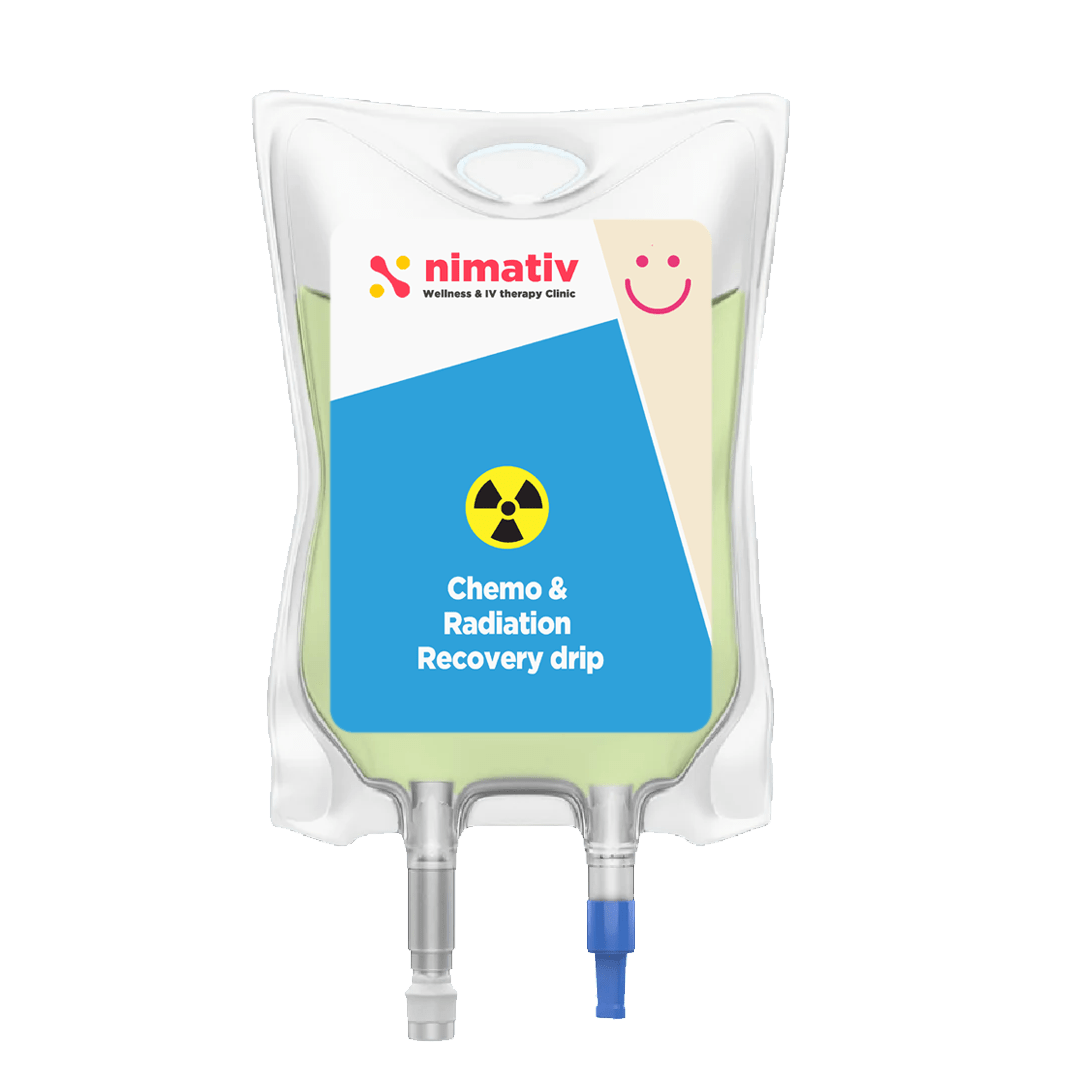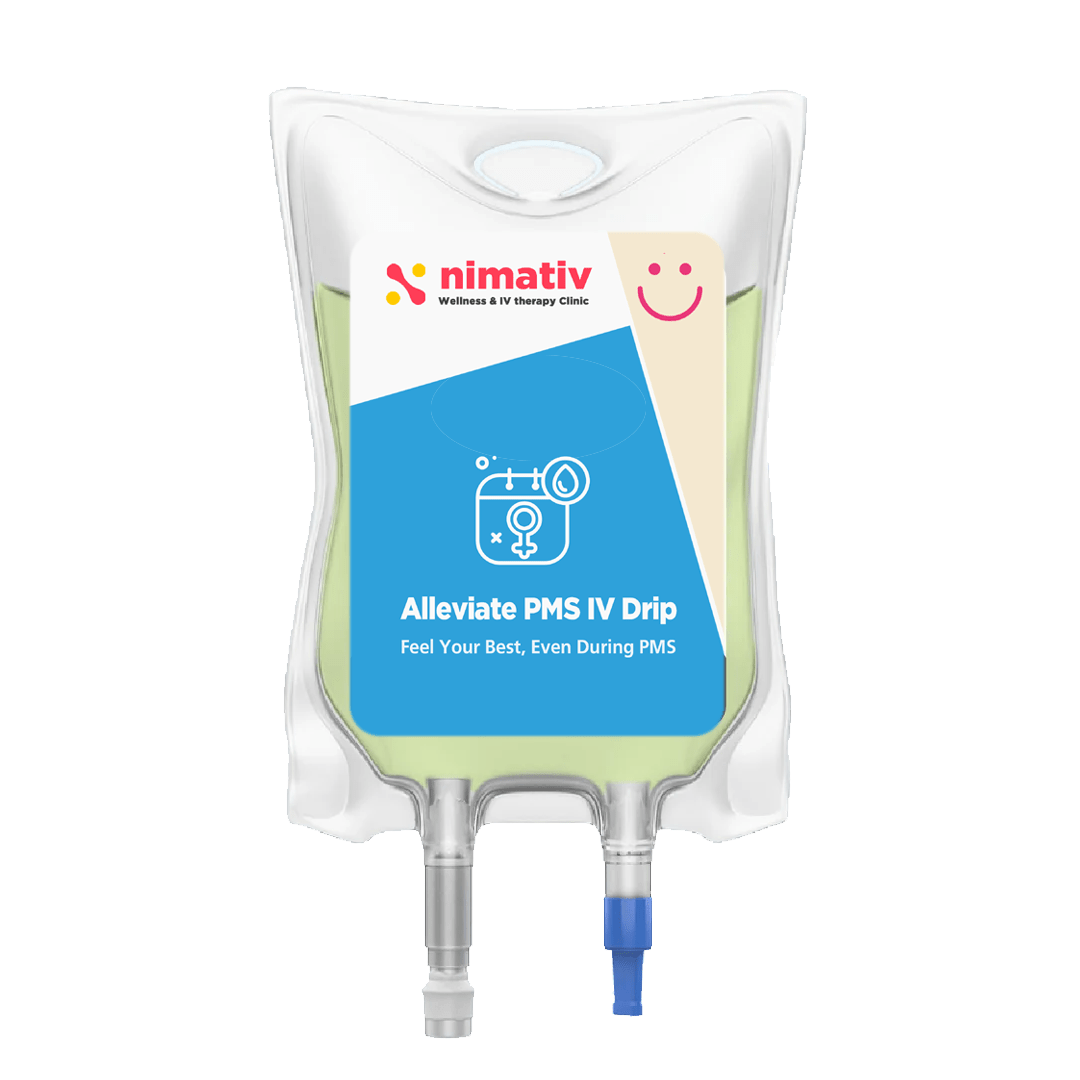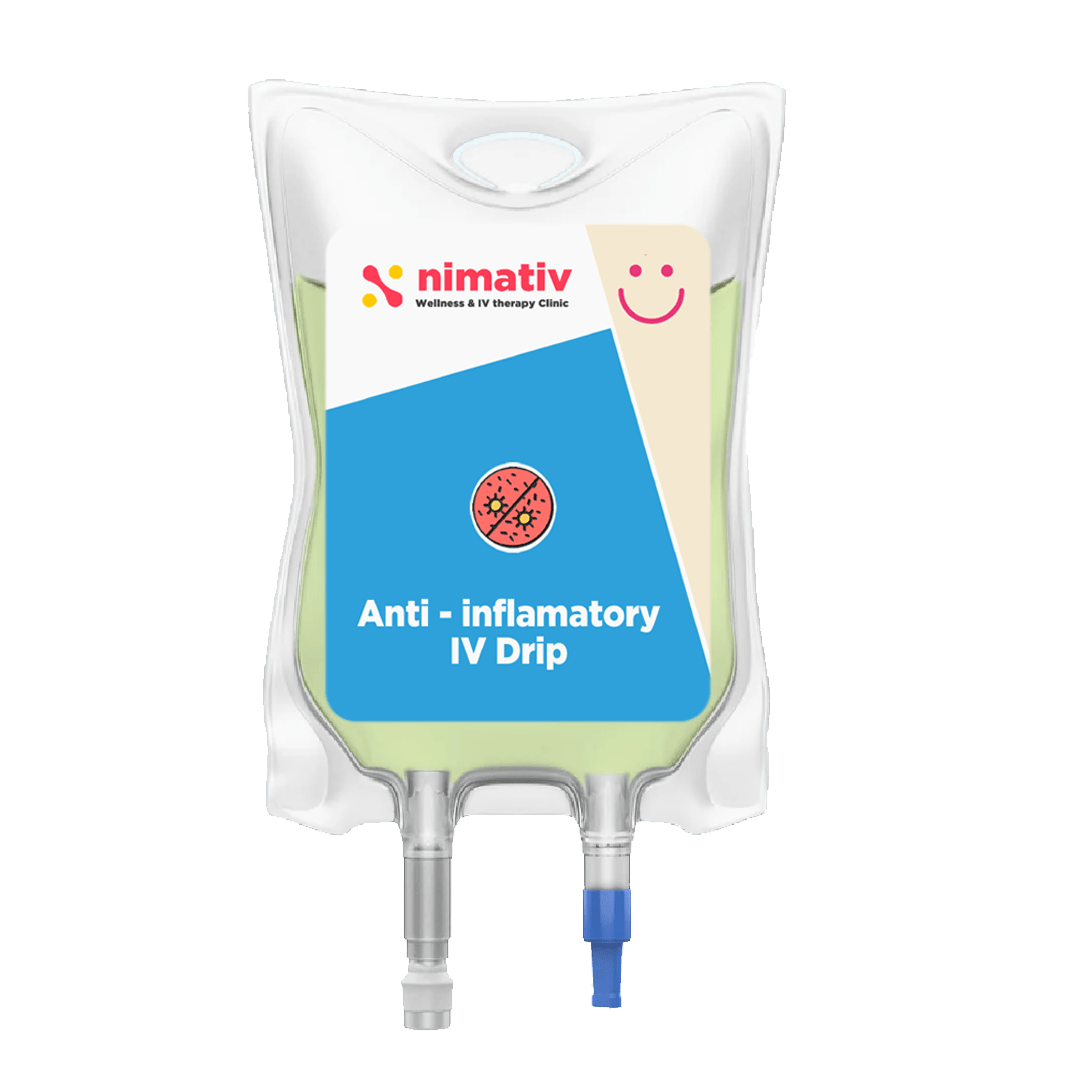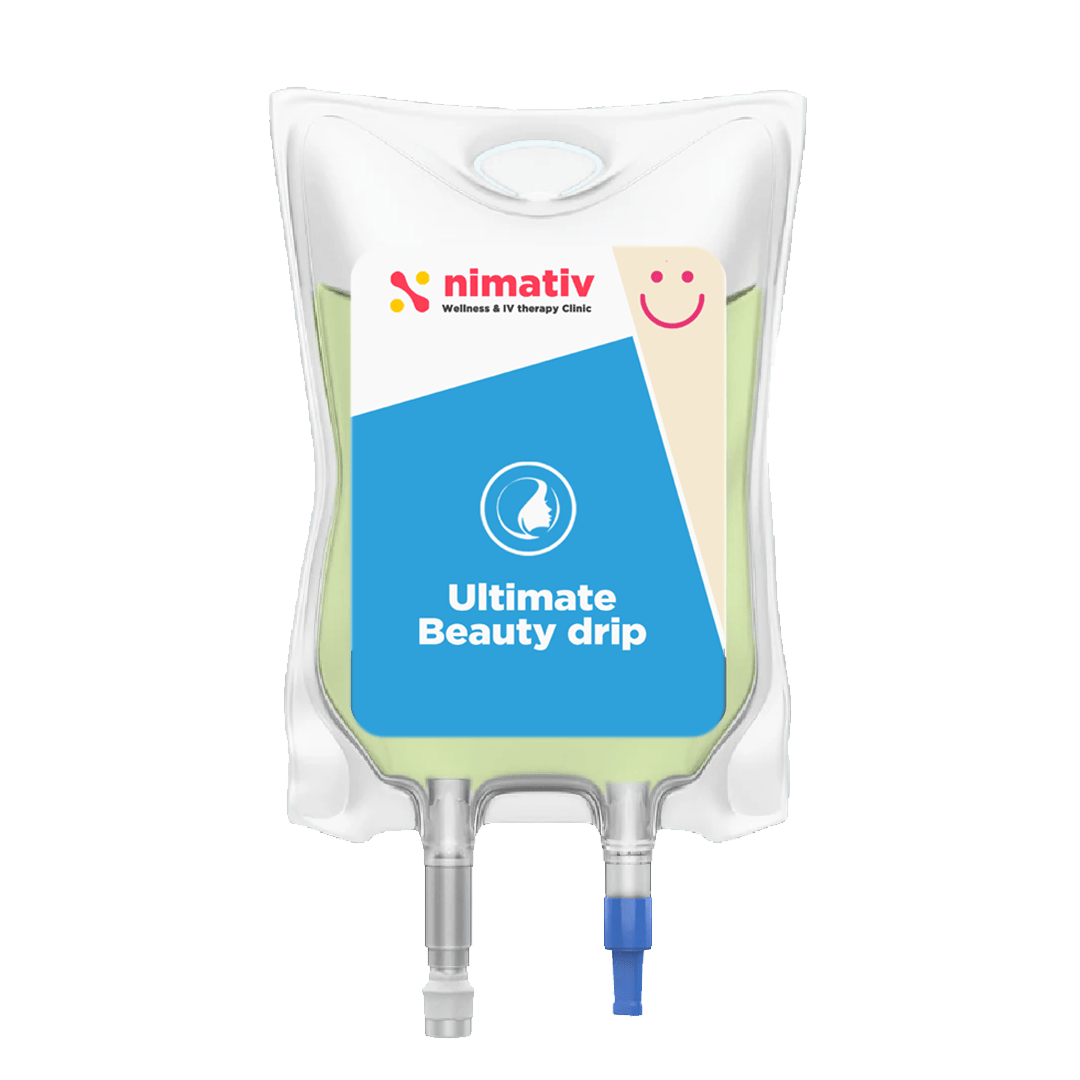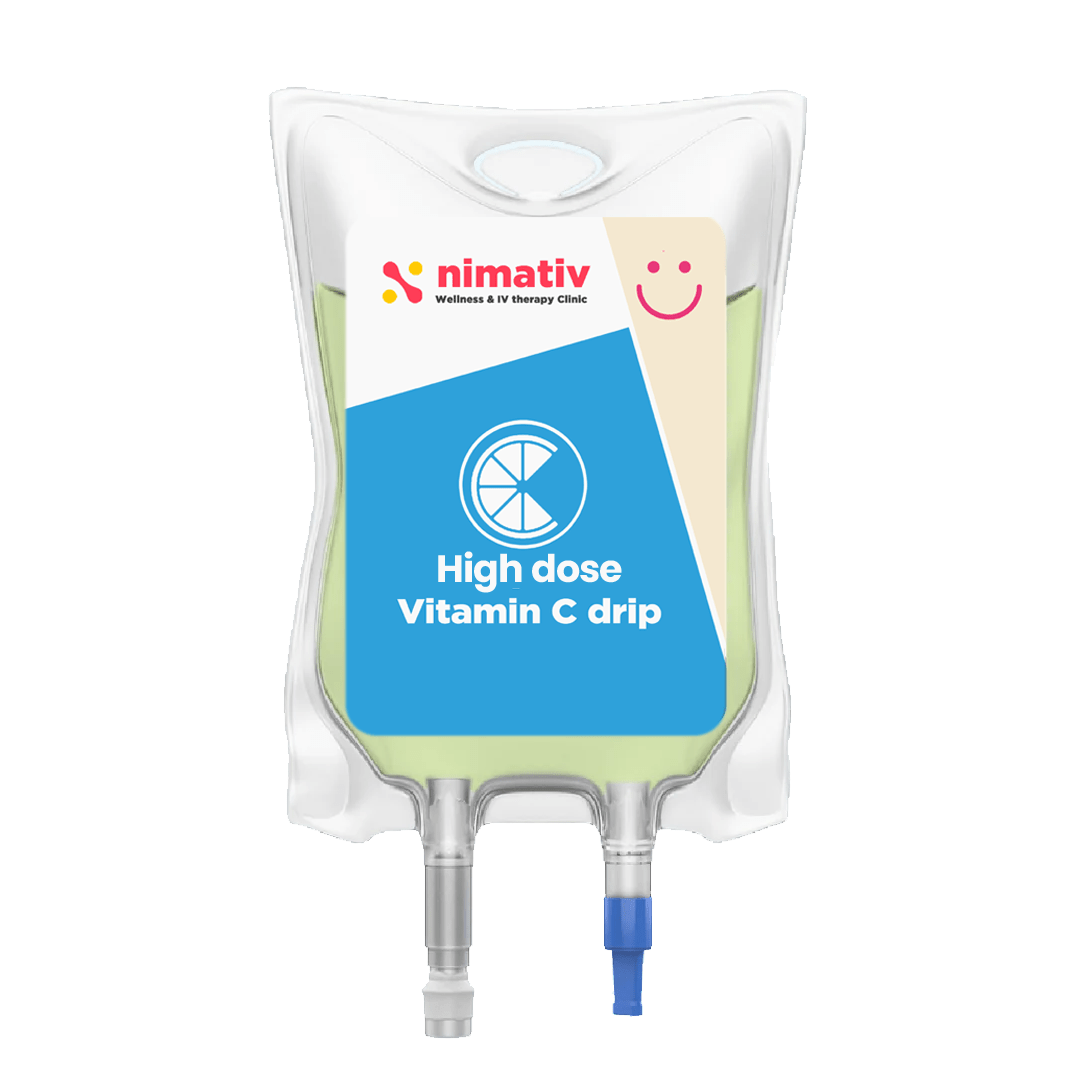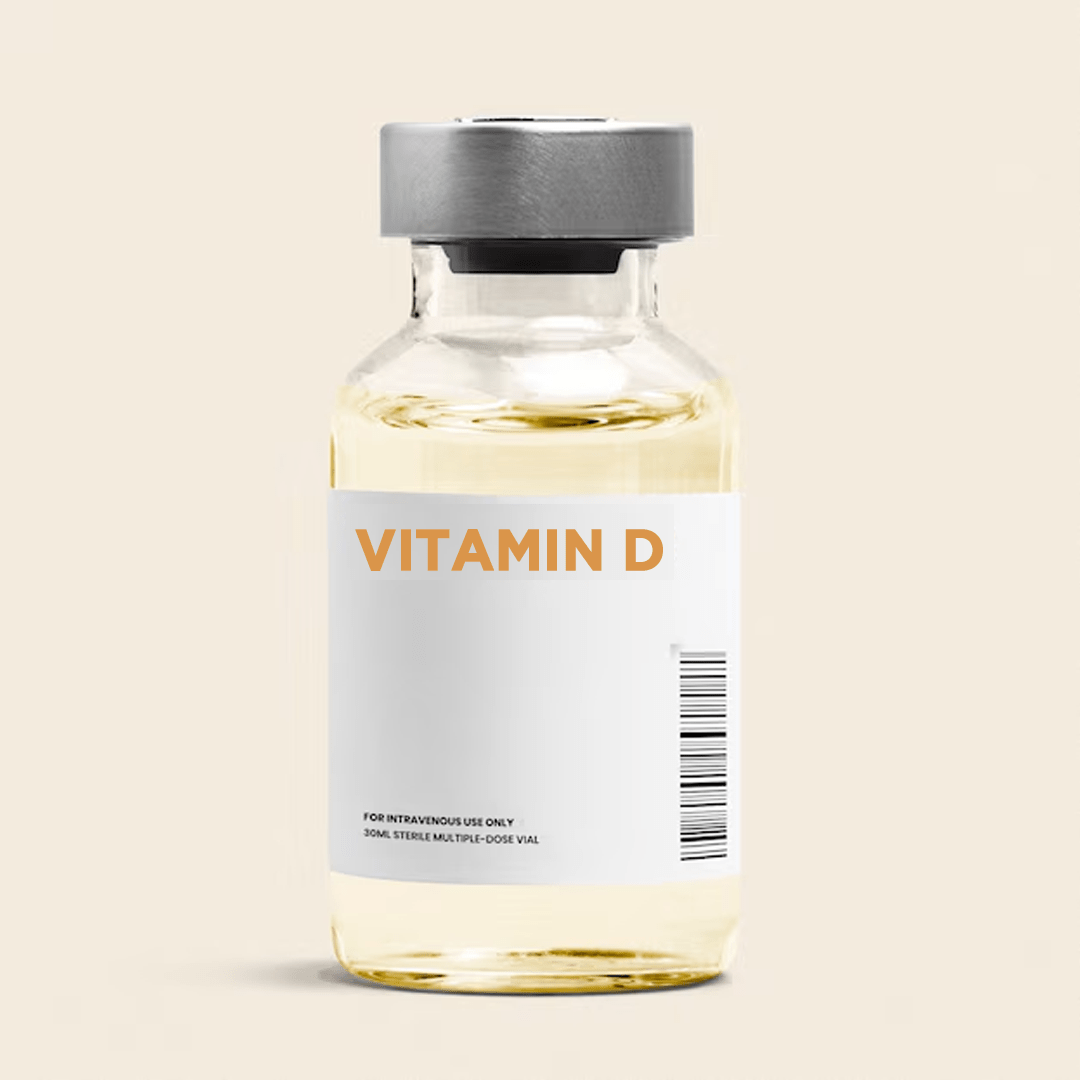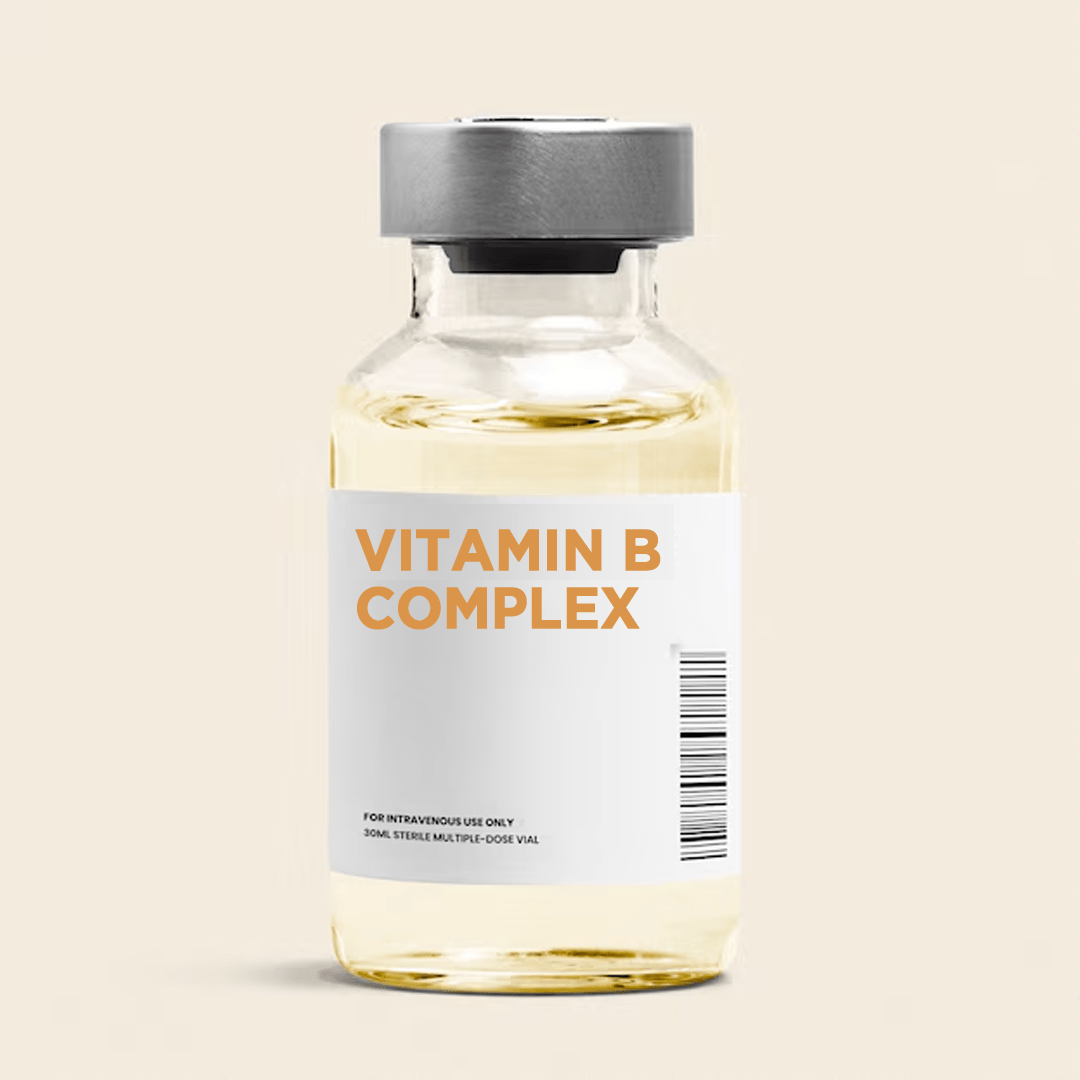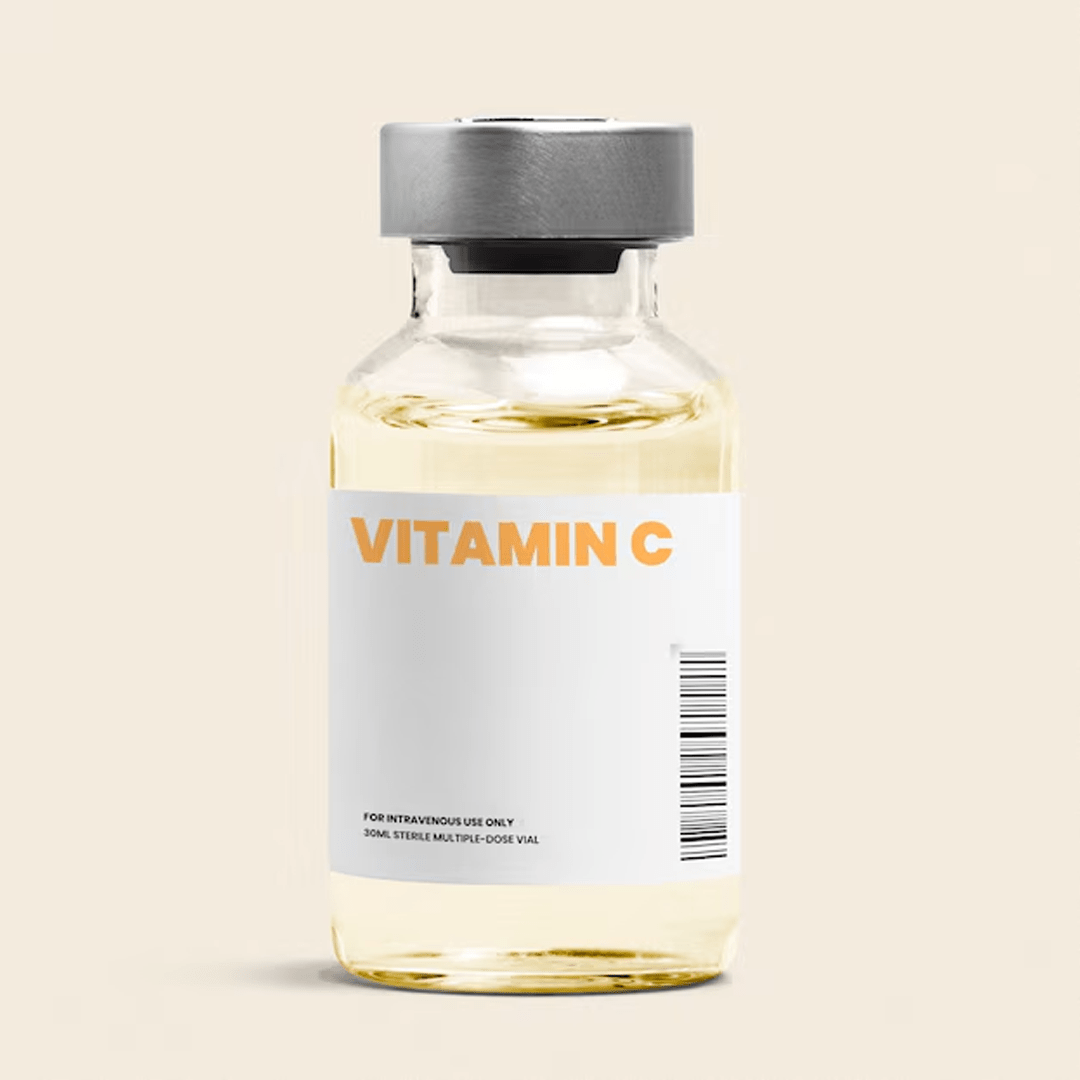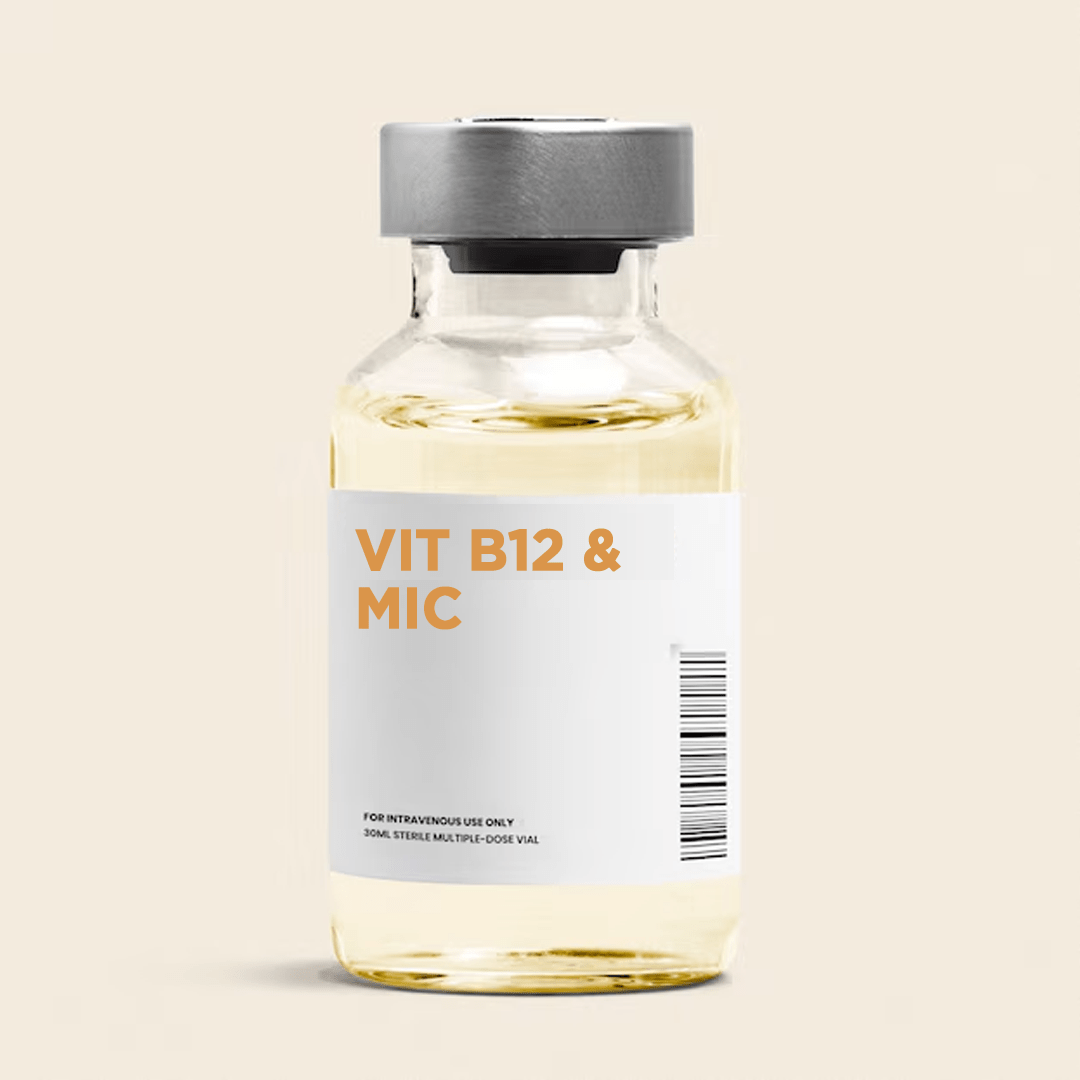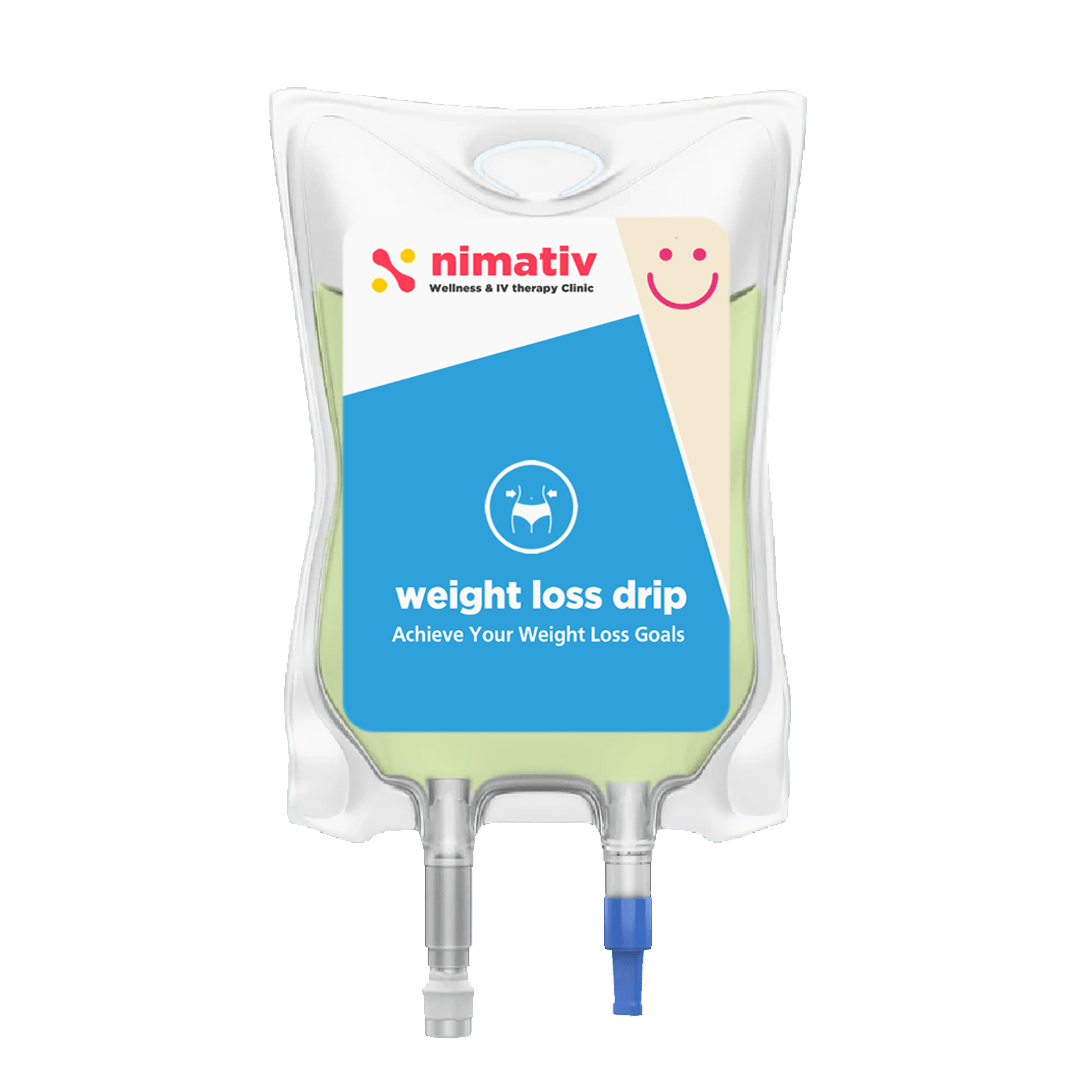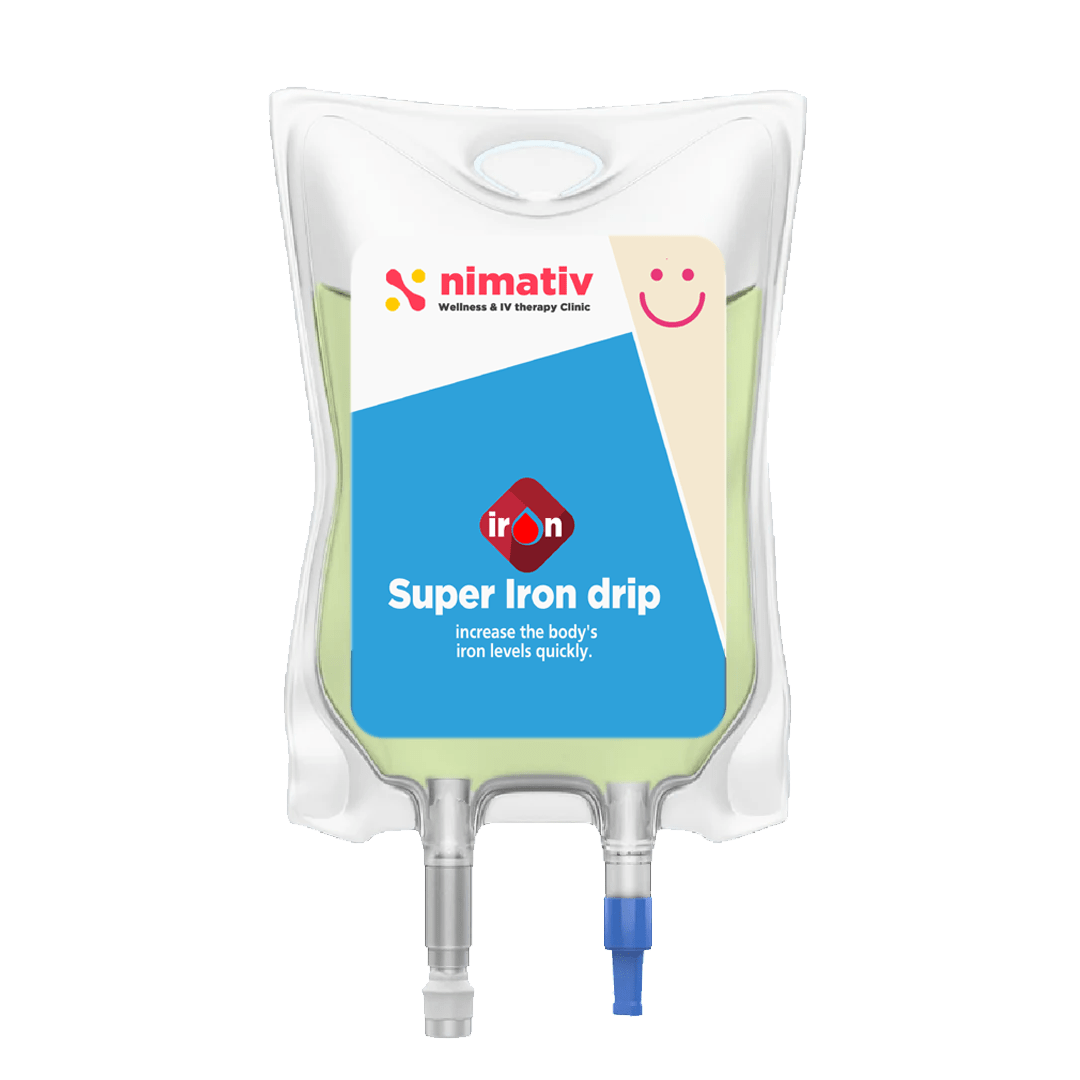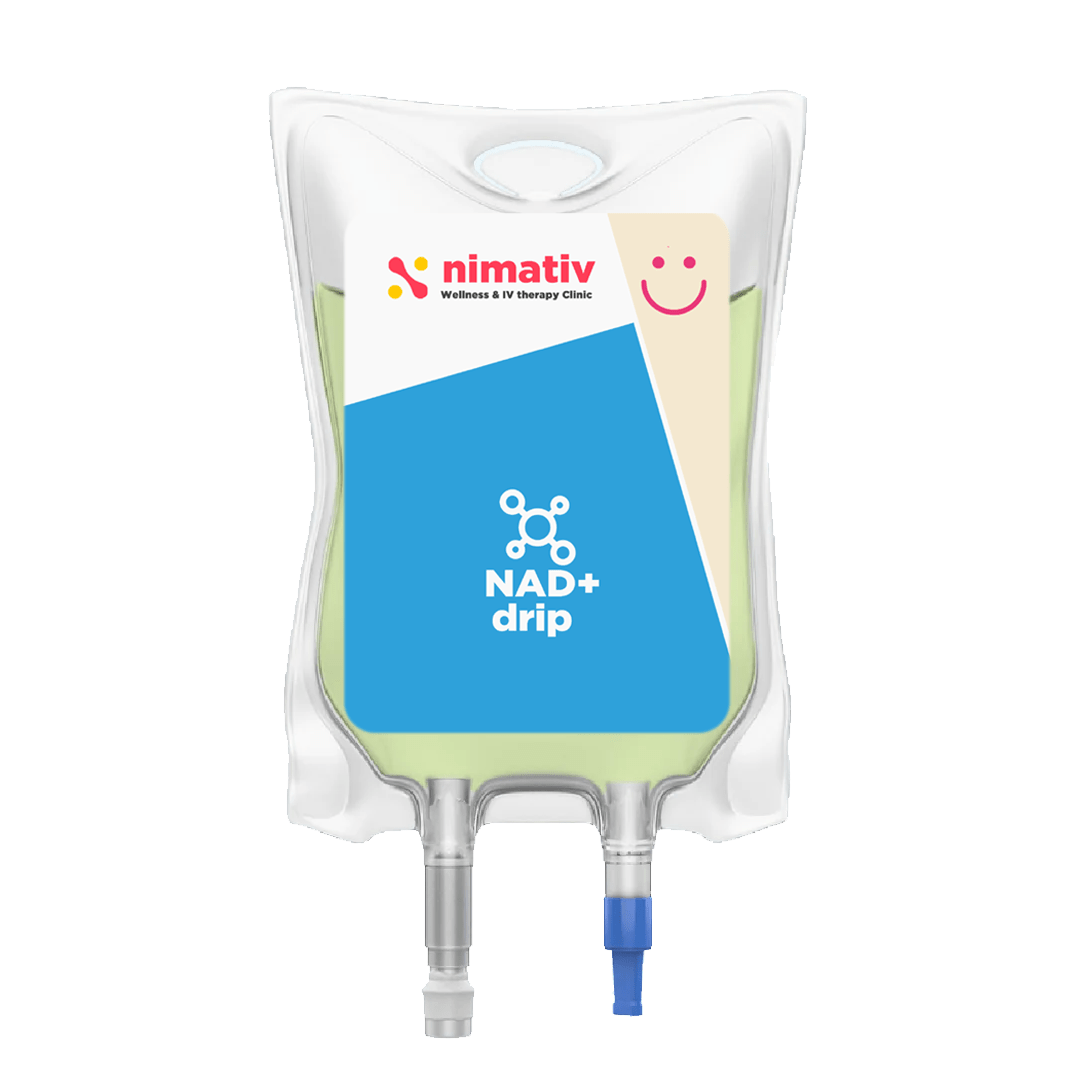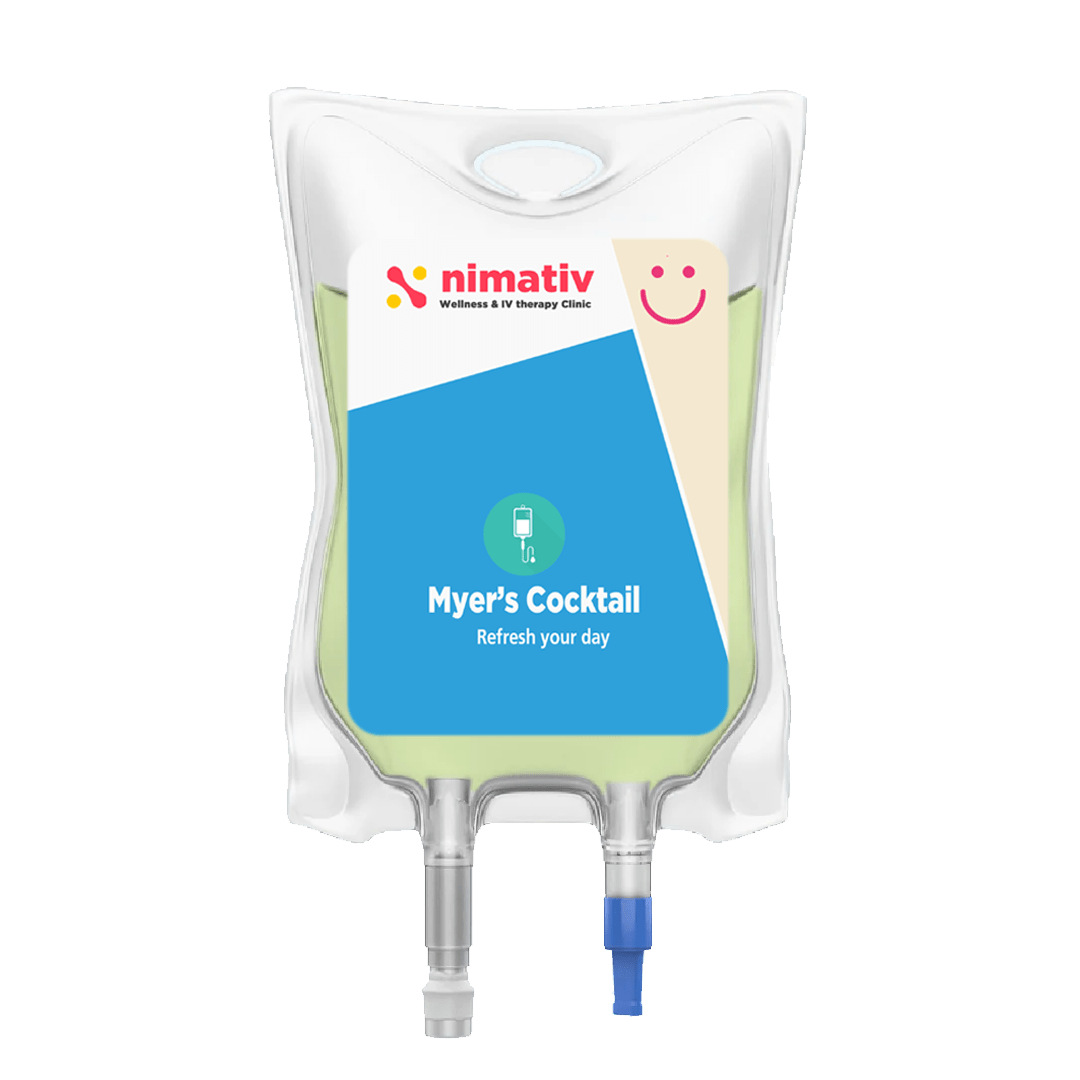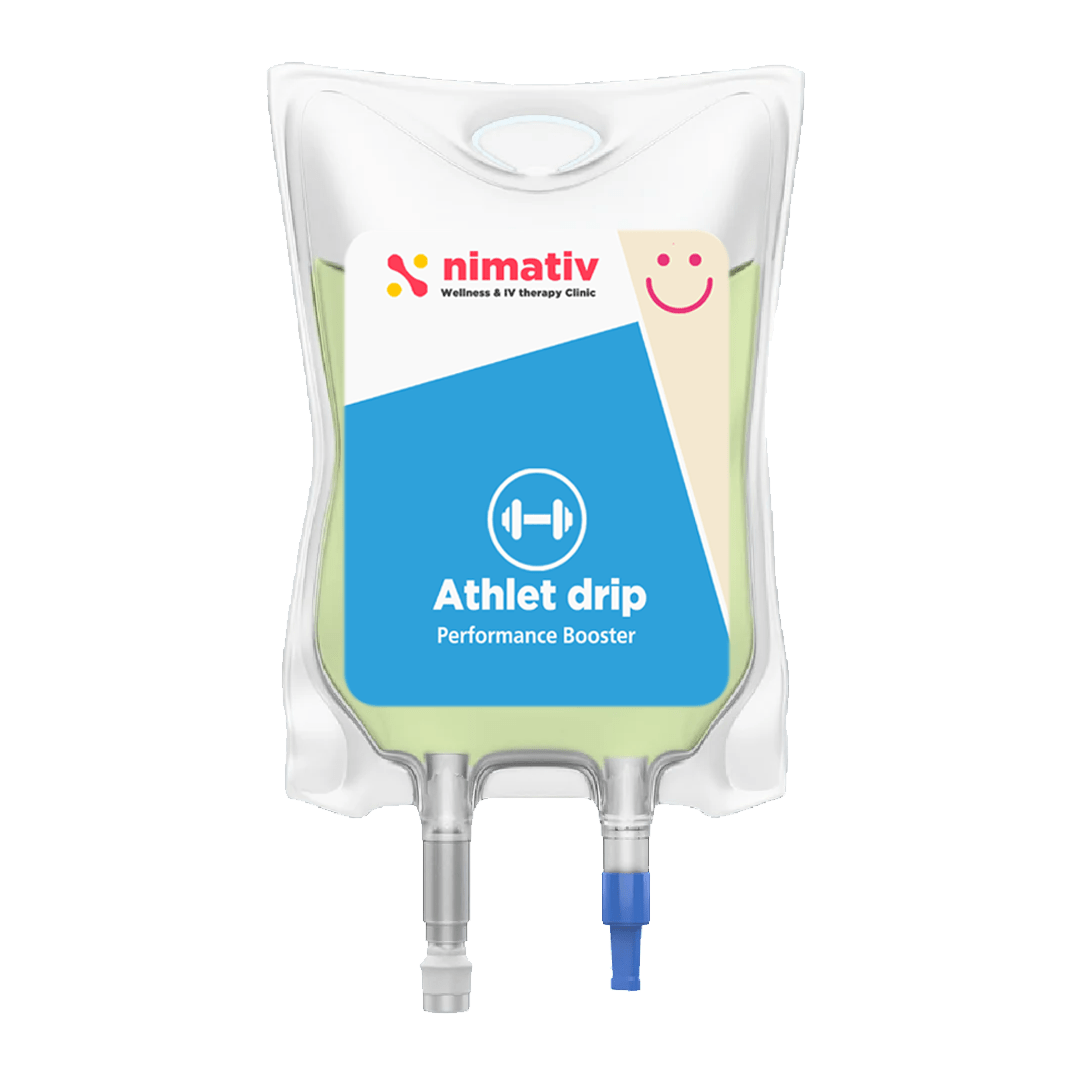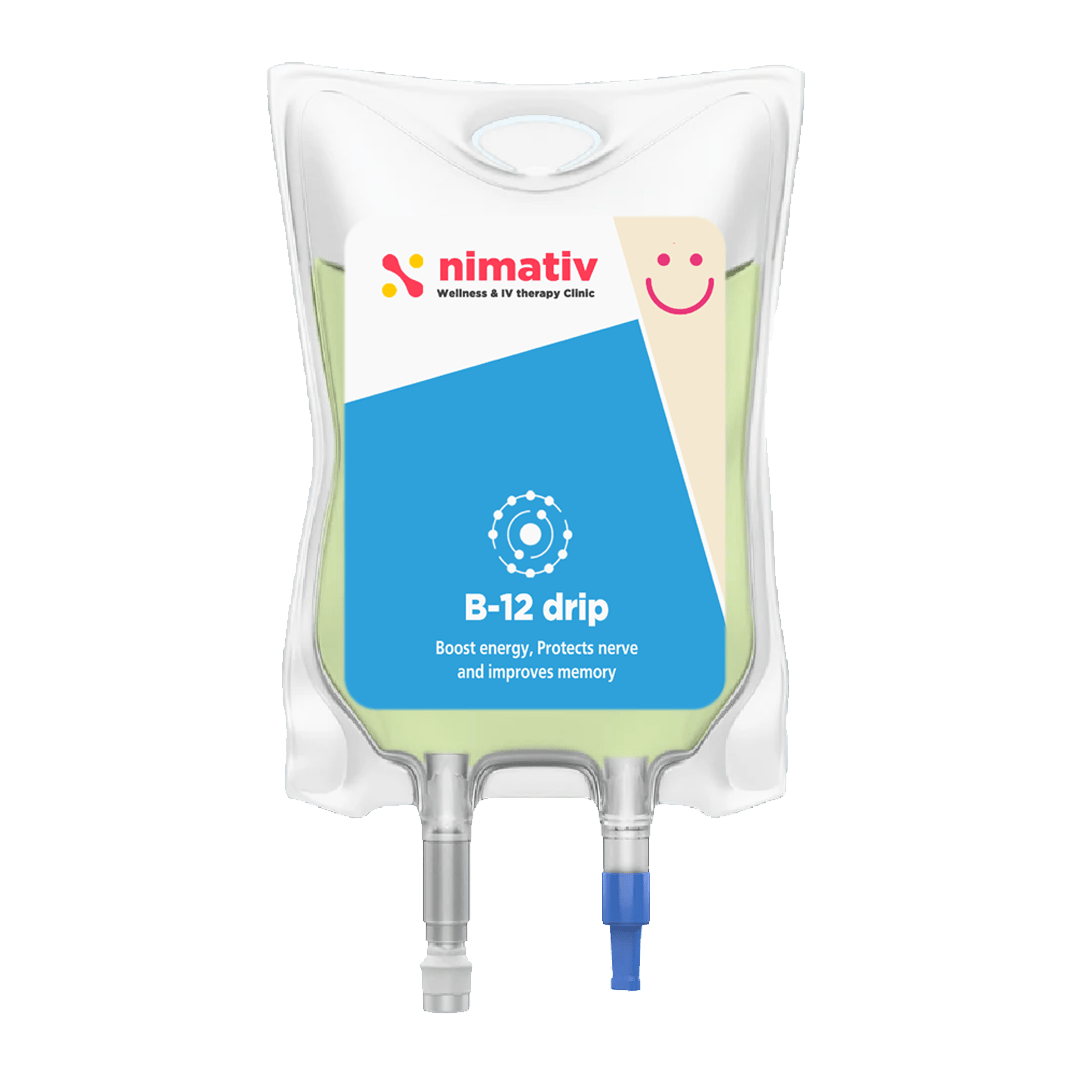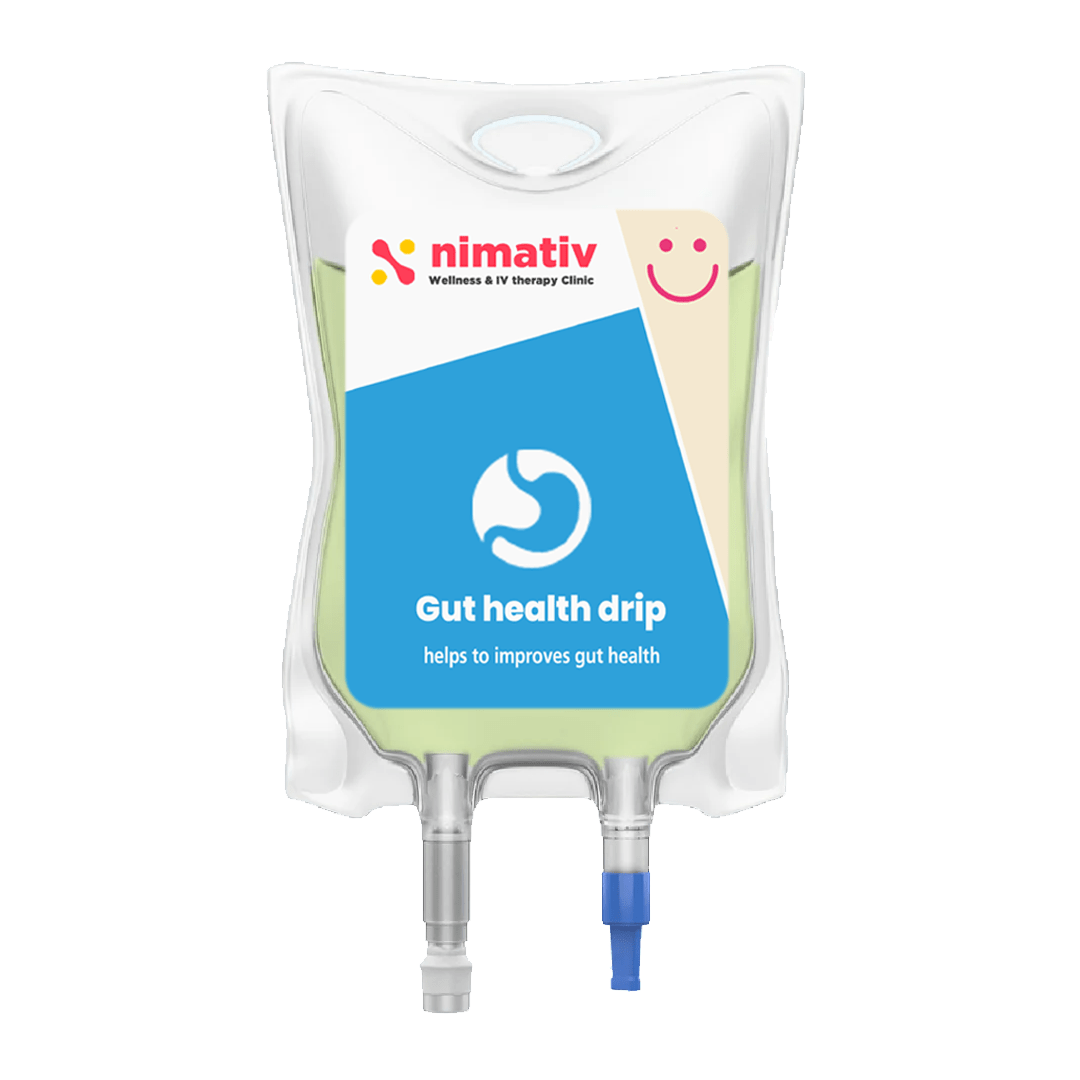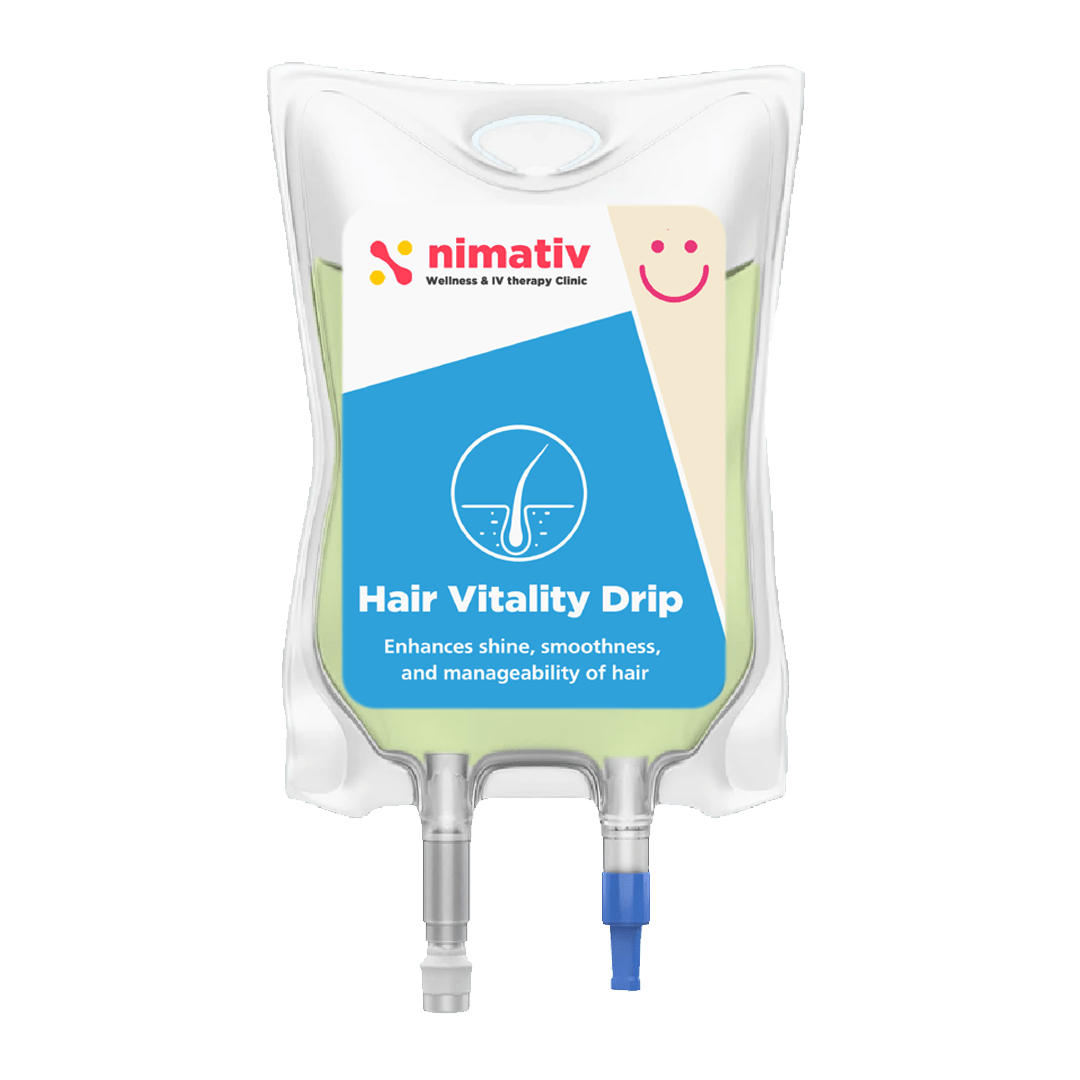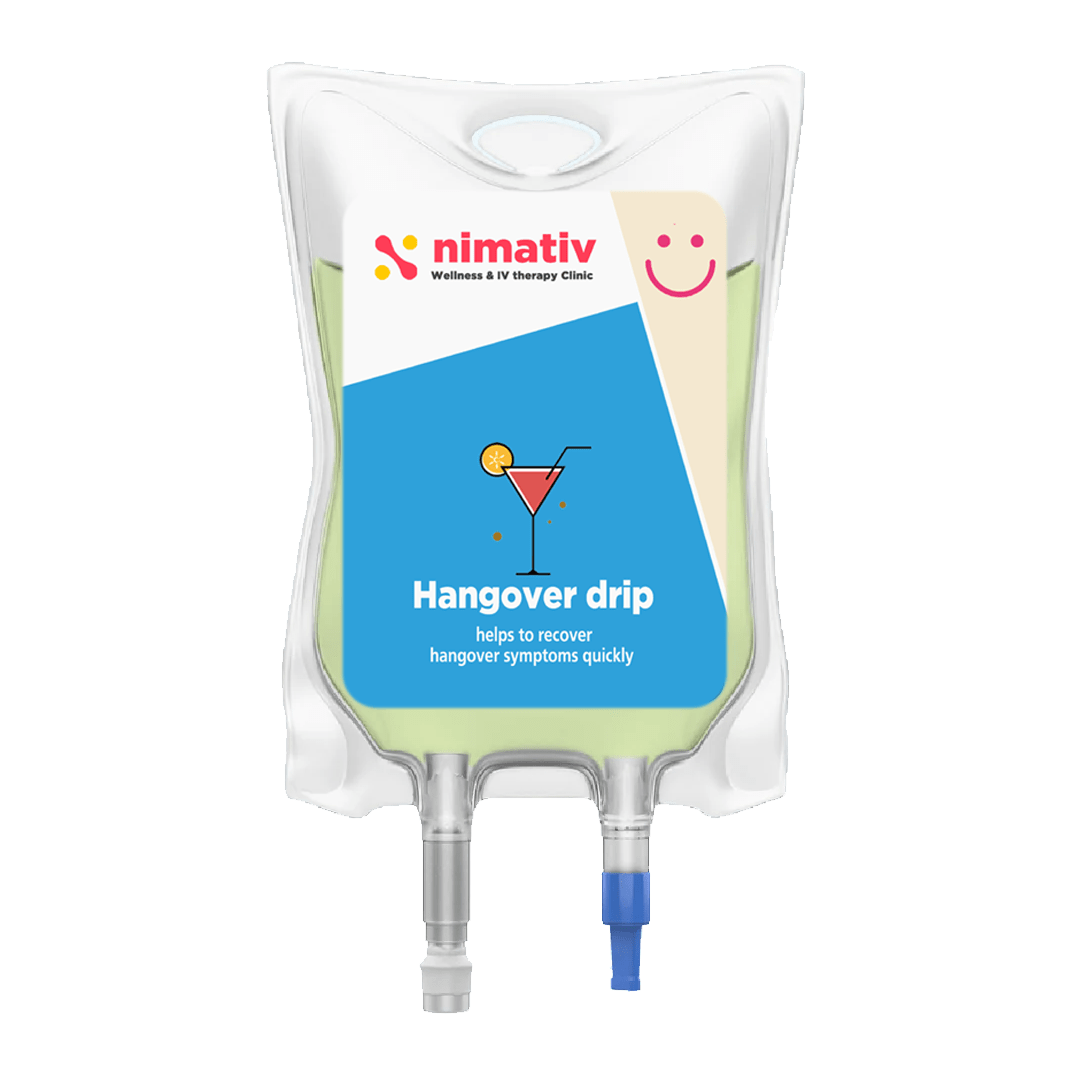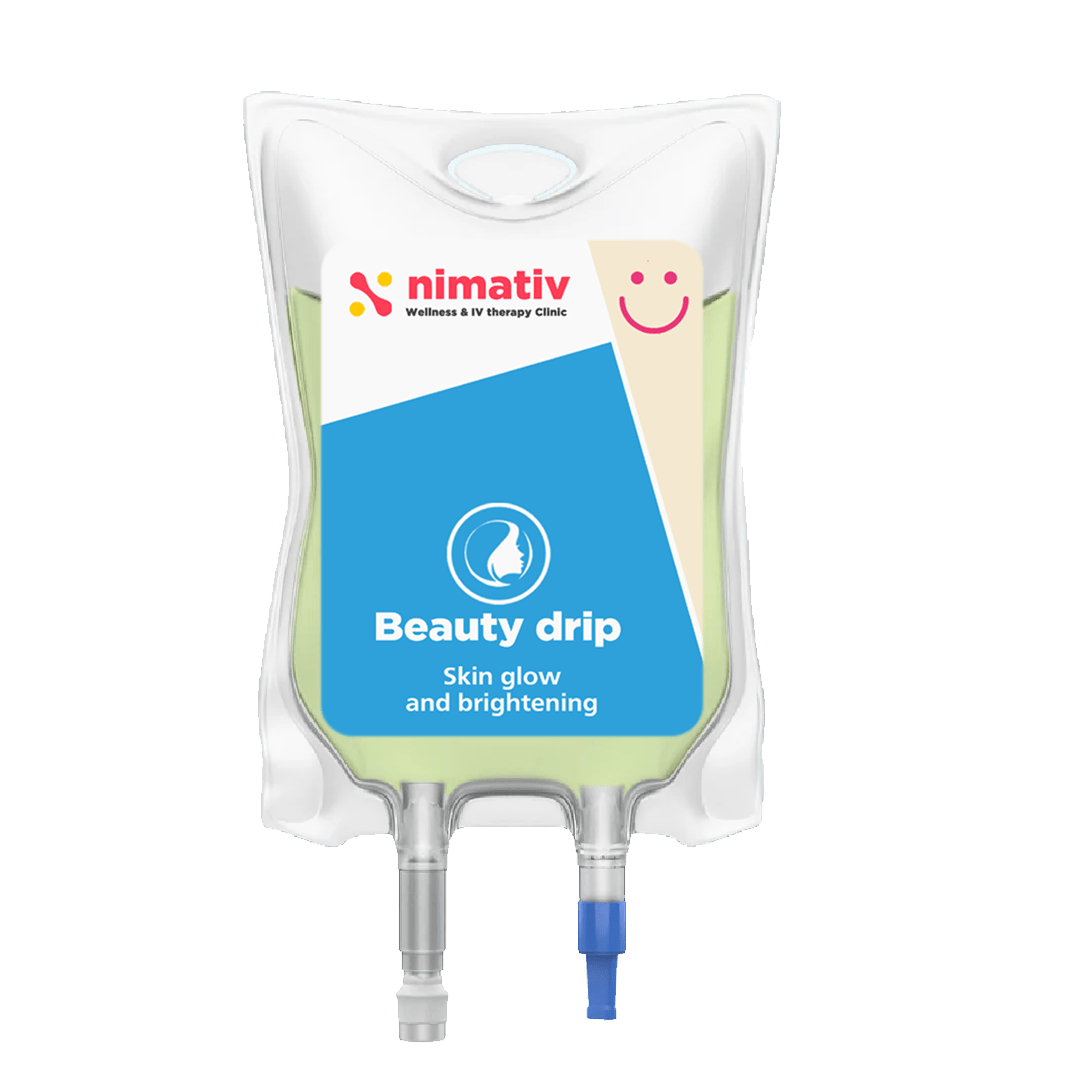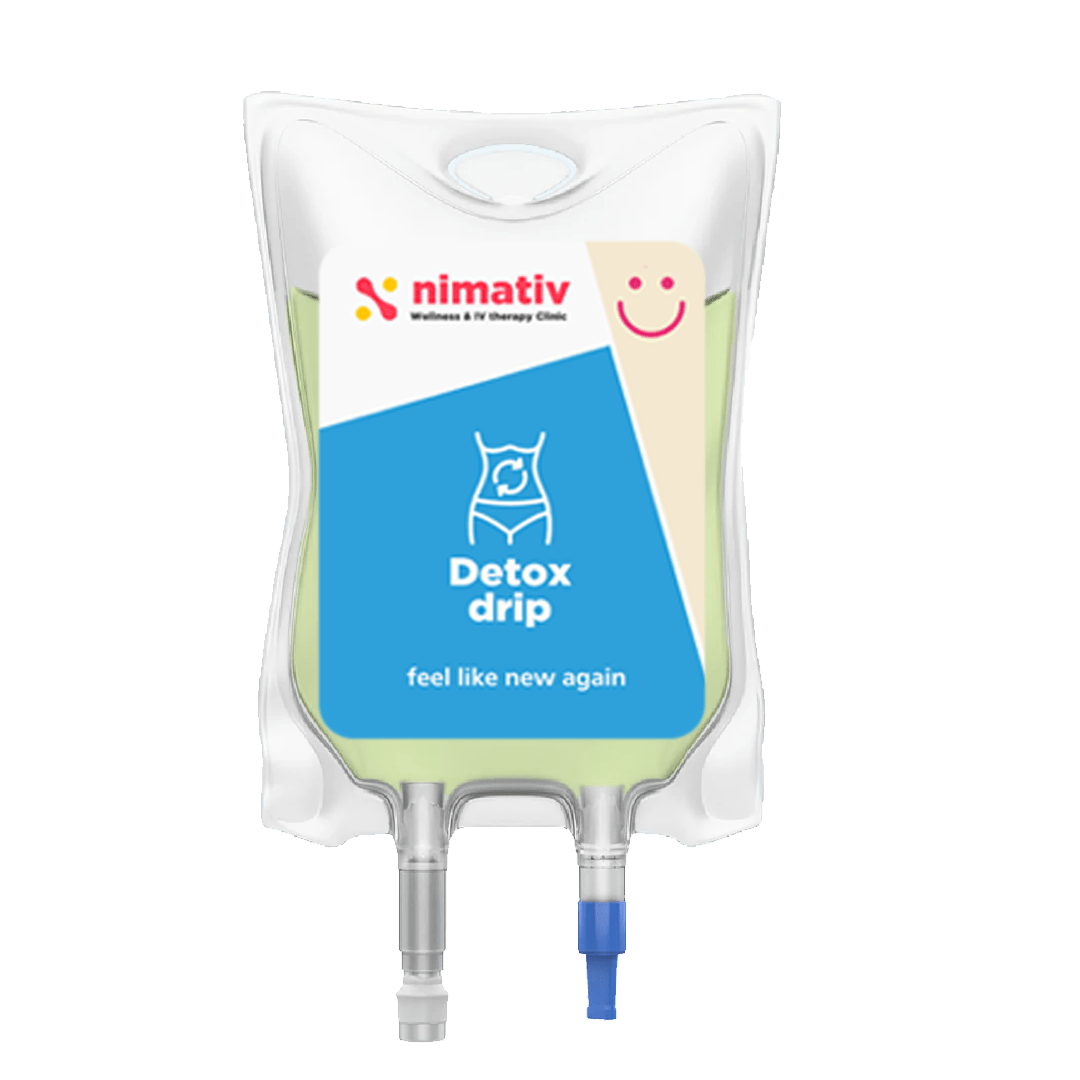Iron deficiency anemia can be incredibly draining — literally. When diet and oral supplements fail, many turn to iron infusions for faster results. But what happens when, despite repeated treatments, your energy doesn’t return, your ferritin stays low, and your labs don’t improve?
If you’ve ever wondered “Why are my iron infusions not working?” — you’re not alone. Let’s dive deep into the science, symptoms, and possible causes, along with actionable fixes to help your body finally absorb and utilize iron effectively.
Understanding Iron Infusions and Their Purpose
Iron infusions deliver iron directly into your bloodstream through an IV, bypassing the digestive tract. This method is ideal for people who:
-
Can’t tolerate oral iron supplements
-
Have malabsorption issues (e.g., celiac disease, IBD)
-
Have severe anemia needing rapid correction
Typically, results appear within 2–6 weeks, depending on dosage and underlying health. However, if fatigue lingers and lab results barely budge, it’s time to investigate deeper.
What to Expect from an Iron Infusion
The Science Behind Iron Absorption
Iron travels through your bloodstream, binds to transferrin, and is stored as ferritin in your liver, spleen, and bone marrow.
When these systems are disrupted — due to inflammation, nutrient deficiencies, or chronic illness — iron can’t reach your cells effectively.
How Long It Takes to See Results
Most patients feel improvement within a few weeks, but full recovery can take up to three months.
If your iron or hemoglobin levels don’t rise after multiple infusions, it may signal an underlying absorption or storage problem.
Common Signs That Your Iron Infusion Isn’t Working
-
Persistent fatigue and weakness
-
Shortness of breath
-
Dizziness or brain fog
-
Brittle nails or hair loss
-
Pale or yellowish skin
-
Low ferritin levels despite treatment
If several of these symptoms persist after multiple infusions, deeper medical evaluation is essential.
10 Hidden Reasons Why Your Iron Infusions Might Not Be Working
1. Incorrect Diagnosis or Underlying Condition
Sometimes anemia isn’t caused solely by iron deficiency. Conditions like thalassemia, chronic kidney disease, or bone marrow disorders can mimic iron deficiency but require different treatments.
2. Inflammation and Chronic Illness Blocking Absorption
Inflammation increases hepcidin, a liver hormone that blocks iron release into the bloodstream. Autoimmune diseases like lupus, rheumatoid arthritis, or infections can trigger this.
3. Ongoing Blood Loss
Heavy menstrual bleeding, ulcers, hemorrhoids, or gastrointestinal bleeding can continually drain your iron stores, negating infusion effects.
4. Kidney or Liver Disorders
Both organs play key roles in iron metabolism. If they aren’t functioning properly, stored iron may not convert into usable forms.
5. Vitamin Deficiencies
Low B12, folate, or vitamin D levels can prevent red blood cell production, even when iron levels are adequate.
6. Incorrect Iron Dosage or Infusion Schedule
Some patients simply don’t receive enough iron or the right frequency of infusions. Each body’s needs differ based on weight, severity of anemia, and absorption efficiency.
7. Poor Gut Health
Even though infusions bypass the gut, systemic inflammation and microbiome imbalance can still impair iron regulation.
8. Hidden Infections or Autoimmune Disorders
Conditions like H. pylori, celiac disease, or autoimmune gastritis interfere with nutrient metabolism and can delay results.
9. Poor Post-Infusion Nutrition
Skipping iron-rich foods or neglecting hydration post-infusion reduces long-term benefits. Supportive nutrients like vitamin C help retain iron.
10. Drug Interactions
Certain medications — including proton pump inhibitors (PPIs), antibiotics, or thyroid drugs — may impact iron transport and utilization.
Functional Mechanisms of IV Therapy for Low Iron Syndrome
Understanding how IV iron therapy works — and why it sometimes fails — starts with examining the body’s functional mechanisms for iron handling.
How IV Iron Enters and Circulates in the Body
When iron is infused intravenously:
-
The iron complex (e.g., ferric carboxymaltose, iron sucrose) enters the bloodstream.
-
It binds with transferrin, a carrier protein that transports iron to tissues.
-
Cells extract iron via transferrin receptors and store it as ferritin or use it for hemoglobin synthesis.
If any of these stages malfunction — such as poor transferrin binding or high hepcidin levels — the iron may circulate but not be properly utilized by cells.
The Role of Transferrin, Ferritin, and Hepcidin
-
Transferrin: Delivers iron to bone marrow for red blood cell production.
-
Ferritin: Stores iron safely for later use.
-
Hepcidin: A hormone produced by the liver that controls iron release from cells.
When inflammation elevates hepcidin, it effectively “locks” iron inside cells, preventing it from being available for hemoglobin production — a major reason infusions fail in chronic illness.
Factors Influencing the Efficacy of IV Iron
| Factor | Impact on Therapy |
|---|---|
| Inflammation (↑ Hepcidin) | Blocks iron release from storage |
| Liver or kidney dysfunction | Reduces processing of infused iron |
| Ongoing bleeding | Depletes newly replenished iron |
| Vitamin deficiencies | Limits red blood cell formation |
| Low transferrin saturation | Impairs transport to tissues |
Therefore, IV therapy success depends not just on the iron dose, but also on how well your body’s transport and storage systems function.



